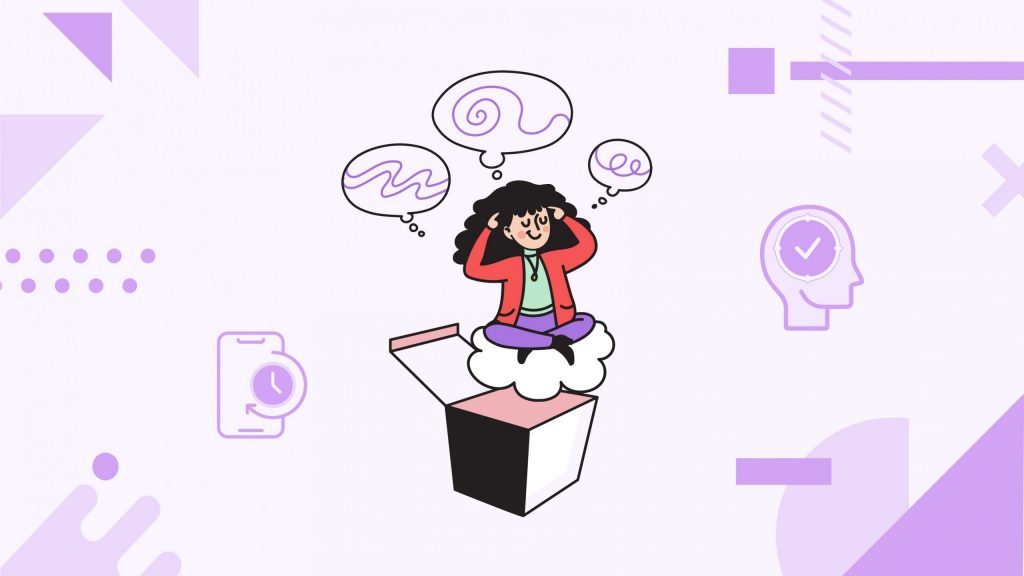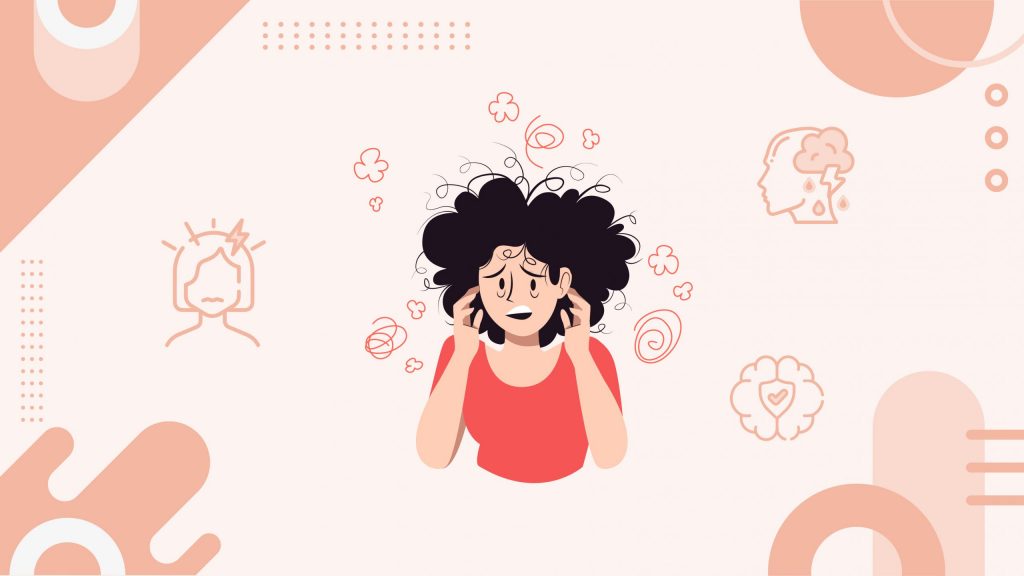We all hear that the secret to living a happy and fulfilling life is to stay in the present moment. It’s not that we haven’t tried practicing mindfulness, but endless distractions, multitasking, and pressure to meet personal and professional obligations make it impossible to keep up with our practice and stay active and alert to the present moment.
However, if you start leading a life where you try to remain present in everything you do, you’ll notice a significant difference in the way you feel and the quality of tasks that you choose to perform mindfully.
Let’s dissect it and try to understand the basics of mindfulness and the art of being more present.
What does it mean to be present?
Being present means to do conscious tracking of the thoughts racing in your mind, your feelings, and your surroundings without getting into any distractions. To perform any task or chore mindfully is to completely invest yourself in it without entertaining any side thoughts.
For instance, when we say that we must practice mindful eating, it means paying complete focus and attention to the act of eating—how the food tastes, feeling the texture of the food, exploring the flavours that the food offers, and so on. Similarly, when we practice mindful breathing, it means observing our breath to the point where we notice it flowing in and out—following its rhythm.
Ways to be More Present
#1. Deep Breathing
Among the most effective techniques is deep breathing. As you bring back your focus on breathing, you disconnect from all the thoughts and ideas that are going through your mind. You can use a simple audio of ‘inhale and exhale’ to fix your mind on the instructions.
Here’s a sample note for you to practice deep breathing yourself:
Take a long breath inward as you inhale, and allow your abdomen to expand fully. Then, slowly exhale through your mouth, releasing any tension or stress that may be present in your mind and body.
Observing your breath can have a significant effect on your ability to center yourself. You become more attuned with your inner self and draw the calming effect to calm your mind—keeping stress, anxiety, and depression at bay.
#2: Limit Social Media Consumption
With the increasing trend of social media engagement, the difference between reel life and real life has been blurred to the point that we have forgotten to stay alert and present to our actual surroundings. So, to start in the direction of being present, we must first slash our social media consumption. We can replace it with mindful activities like going out for walks, meeting our old friends or acquaintances, or involving ourselves in acts that help us become sensitive to our present surroundings.
Bonus Tip
Set specific times to check your phone and social media. Create tech-free zones or times, especially during meals or family time.
Following a strict regime would keep you from falling prey to digital overload, and you’d be able to maintain focus on your tasks, enhance your productivity, and enjoy deeper connections with the people around you.
#3: Choose an Activity of your Choice
Sometimes, it’s better to start backward. Instead of bringing your thoughts and feelings into one place so that you can practice mindfulness, it’s better to invest in a task or activity where you spot your natural curiosity. When you try to indulge in something where you find a natural inclination towards something, you’ll automatically slip into mindfulness without any conscious effort or interference. It could be anything from attempting to learn a new language to learning a new instrument.
Try it for yourself, and you’ll have a fine taste of mindfulness (or being present) that you can further apply to other areas of your life.
Bonus Tip
To go deeper into the practice of mindfulness, start with the thumb piano and notice how it brings your complete attention to one place.Set specific times to check your phone and social media. Create tech-free zones or times, especially during meals or family time.
#4: Practice Mindfulness
Lastly, mindfulness isn’t something that should be practiced without a complementary task. The sole purpose of practicing mindfulness is to go deeper into the present moment, allowing you to enhance your awareness and understanding of your thoughts and emotions. Once you start gaining a proper understanding of mindfulness, you can start applying it to every task and activity that you do. Practicing mindfulness is the ultimate solution to almost every problem that’s causing you psychological issues or limiting your mental capacity.
Quick activity
Set aside a few minutes each day to sit quietly, focusing on your breath and observing your thoughts without judgment.
Make it a ritual to perform it daily, and you’ll cultivate a greater sense of awareness and peace in your life.
Quick Tips
- Engaging in any physical activity, be it walking, jogging, cycling, or running. It will help you connect with your body and experience the totality of the moment.
- Limit distractions, whether it’s keeping a constant check on your mobile notifications or allowing your mind to waver following your haphazard thoughts.
- To make things easier, you can use apps that help you practice mindfulness and allow you to remain in peace and tranquillity.
- Taking breaks is crucial when you are determined to make mindfulness a way of life. To do any task at a stretch can make you experience the feelings of crankiness and irritation.
- Be aware of your breath. Observing and regulating your breathing from time to time can help you learn to be more present.
- Choose activities that help you engage your complete senses. Not only will it help you become aware of yourself, but it will also take you into a deep meditative state, which will further assist you in becoming more mindful.
Conclusion
Learning to be in the present moment is a valuable skill to master. When we get mental clarity—understanding the relevance of living mindfully—aligning our lives with the true principles of life won’t remain much of a task. It’s just our subconscious programming that becomes the cause of concern. Once we commit to living our lives according to our will and free choice, living joyfully becomes the way of our lives.
Also, the negative instances (including rejection, heartbreak, and other events inducing pain and discomfort in our beings) will eventually lose their power over us.
FAQs
You can start by including mindfulness and meditation in your daily routine. Once it becomes a part of your life, it won’t be difficult to expand its application to other areas of life. Mindfulness is nothing but bringing your focus to one place. It’s a way of life that helps us harness our hidden potential.
When constant distractions hit us and stress and anxiety become our way of life, we face difficulty being present. Relieving yourself of undue stress and tension is the beginning of cultivating mindfulness and embracing the present. Finding peace and never leaving its side is a practice that helps us expand on our experiences, foster mental clarity, and fully submerge ourselves in the present moment.
To stop overthinking, you need to spend your time in activities that bring your focus to the present moment. It could be spending time in nature, practicing deep breathing, doing random acts of kindness, playing outdoor games, and so on. Anything that can pluck you out of your mental space and draw your focus to outside surroundings would be helpful in this context.
To stop living in your head, you need to give yourself thoughts like, ‘I should let go of something I can’t control. My thoughts are not my reality; I am enough just as I am; I embrace uncertainty as a part of my life.’ and so on. When we understand in depth that we can’t control everything and focus on what we can change, we choose to live in a much better place and relieve ourselves from unnecessary stress and tension.






















